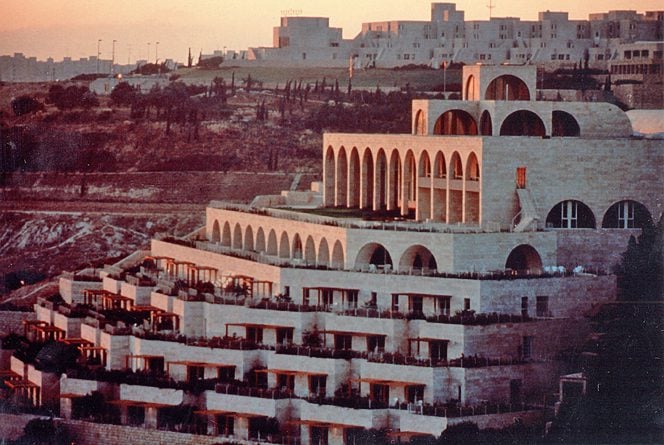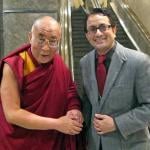
Continuing with the manuscript:
Even with all of its many setbacks, Palestinian nationalism was not easily put down. “What Palestinian nationalism?” you are asking yourself. “Didn’t I just read that Palestinian nationalism was virtually dead after the disaster of 1948 left the Palestinians and their land parcelled out among various countries and facing assimilation?” True. But the 1967 Israeli conquest of Gaza and the West Bank, which realized the long-standing Zionist dream of Jewish control over all of Palestine, also reunited Palestine for the Palestinians. They were one unit once again. And now they did not have to fight for the attractions of life in Jordan in one place and “the flesh pots of Egypt” in another. They had one common enemy, and in that common enemy they again found their nationhood. They were different from Egyptians or Jordanians or Syrians or Lebanese. Those Palestinians who lived under Israeli control were unique among Arabs by that very fact.
The Palestinians under Israeli rule were not faced with assimilation the way they had been under the control of other Arabs or the way their fellow Palestinians were in Lebanon or Jordan. The Israelis spoke a different language. They followed a different religion, when they had one at all, and they certainly had a different history and culture. What is more, they did not want to assimilate the Palestinians. Such assimilation would have been a threat to Jewish identity. And the Palestinians did not want to become Jews. Instead, they wanted to show their disdain and to maintain their distinctness. And the distinctness was in being, precisely, Palestinian. But that new sense of Palestinian nationhood could not be expressed under Israeli occupation. The Palestinian flag, for instance, was illegal until the advent of Israeli-PLO peace talks.
In 1969, a civil engineer by the name of Yasir Arafat, who was the leader of the most prestigious group of Palestinian guerrilla fighters, known as Fatah (“Victory,” or “Conquest”), was elected chairman of the PLO’s executive committee. He stepped into the leadership left by the humiliation of the Six Day War. He made the PLO into a truly independent Palestinian organization, one that could deal with the Arab states of the region more or less as an equal. With his past experience as a successful engineering contractor, he managed the PLO’s finances relatively well. He turned it into a multibillion dollar operation that runs radio stations, administers educational programs, gives out scholarships and welfare payments, and maintains a salaried bureaucracy. His role thereafter was very much like that of the old bedouin shaykh of pre-Islamic times: He was the ostensible leader over a broad spectrum of organizations, which range from what might be considered the political right to what are definitely radically leftist movements, but his control over them was often shaky at best, and he was only first among equals. For all these limitations, however, at least some of the credit for the resurrection of Palestinian nationalism, which had seemed dead for a while, must be given to Arafat. He also had help from the Israelis, of course. Their treatment of the Palestinians and their lack of interest in a real solution to the problem played right into Arafat’s hands.
Posted from Jerusalem, Israel










